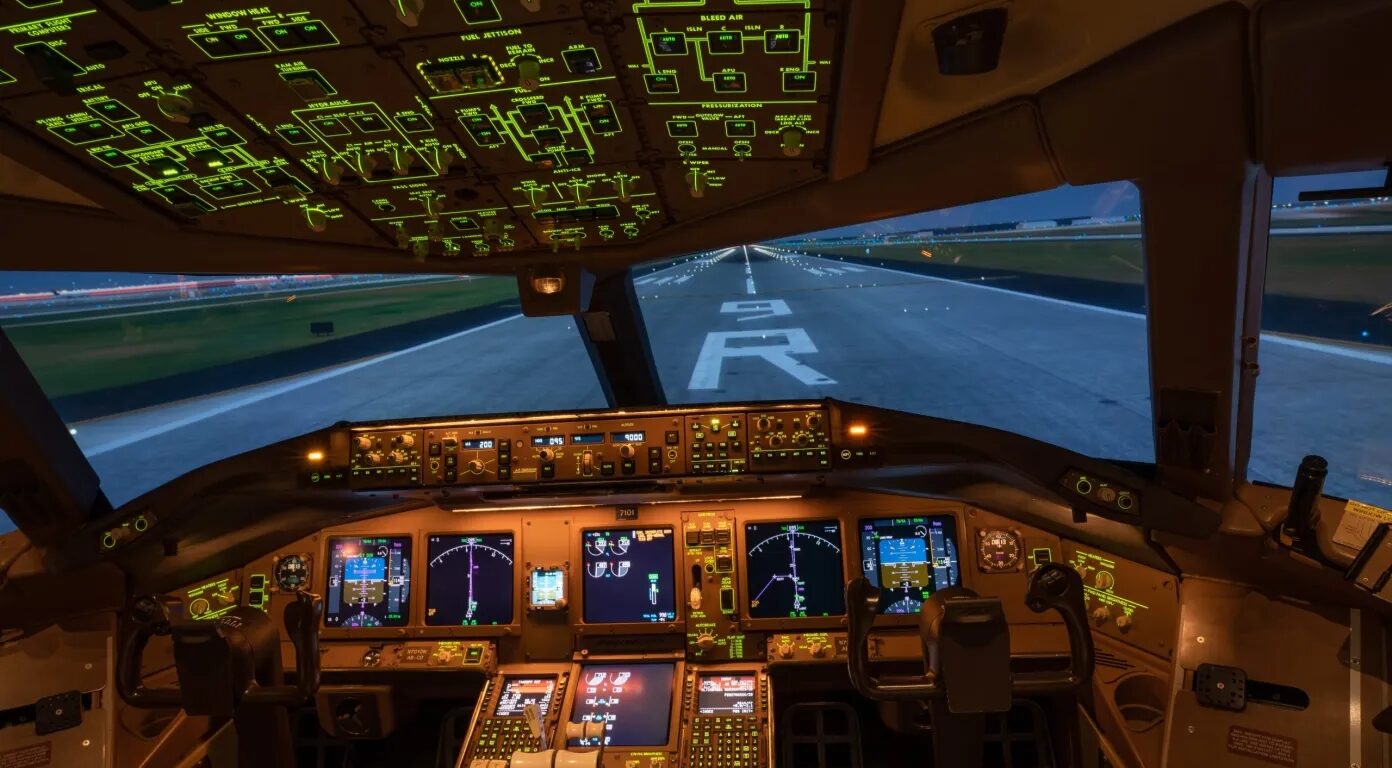In the realm of aviation, the term “autopilot” conjures up images of aircraft soaring through the skies without human hands at the controls. While this vision isn’t far from reality, understanding how autopilot systems work requires a closer look at the intricate technology behind them. In this article, we’ll delve into the world of autopilot systems, exploring their capabilities, reliance on advanced sensors, and the tasks they can perform in the journey from takeoff to landing.
Autopilot Systems: The Silent Co-Pilots
At its core, an autopilot system is a high-speed computer that assumes the role of pilot, allowing an aircraft to navigate through various phases of a flight autonomously. As Paul Robinson, President and CEO of AeroTech Research, aptly puts it, “It is a computer that is running very, very fast,” capable of almost fully controlling the aircraft from takeoff to landing.
Sensors: The Eyes and Ears of Autopilot
To operate autonomously, autopilot systems rely on a network of sensors strategically placed throughout the aircraft. These sensors act as the eyes and ears of the system, continuously collecting vital information such as airspeed, altitude, turbulence, and more. This data is then fed into the computer, which uses it to make real-time adjustments to the aircraft’s flight parameters. In essence, autopilot systems can replicate nearly every function a human pilot performs, with the exception of a few critical tasks.
Navigational Precision: The Route to Autonomy
Before an aircraft takes off, human pilots input the flight route into the autopilot’s computer system. This includes specifying the departure and destination points, as well as the waypoints along the way. Each waypoint is characterized by its unique speed and altitude settings, creating a detailed flight plan for the autopilot to follow.
The Autopilot’s Limits
Despite its impressive capabilities, an autopilot system is not a one-size-fits-all solution. It has its limitations. For instance, autopilot systems are not designed to handle taxiing on the ground or maneuvering the plane around the gate. Human pilots typically manage these phases of flight.
Moreover, while some autopilot systems have advanced to the point of being able to land aircraft in certain conditions, human pilots are generally responsible for takeoff, and they often initiate the autopilot shortly after the aircraft is airborne. This approach ensures that human expertise is readily available in the event of unforeseen circumstances or emergencies.

